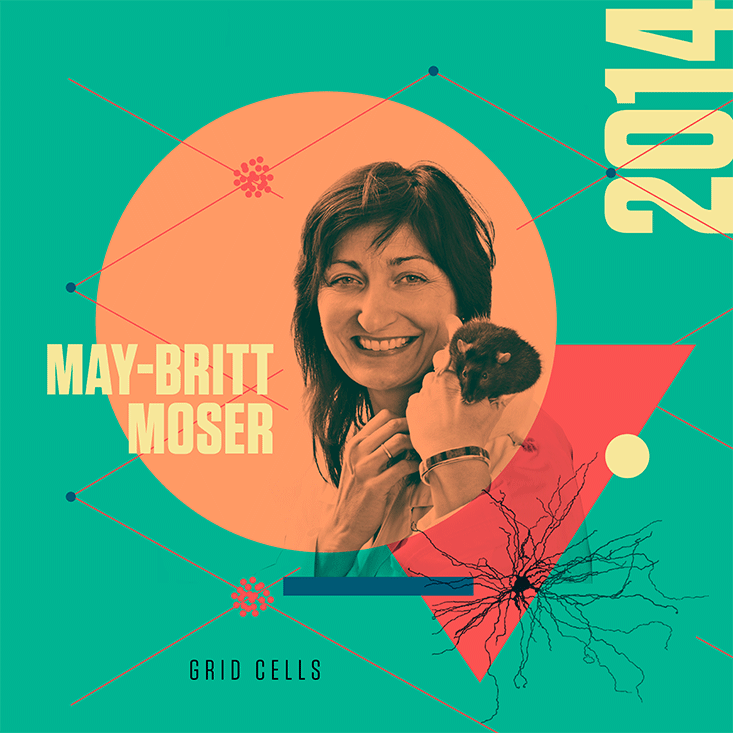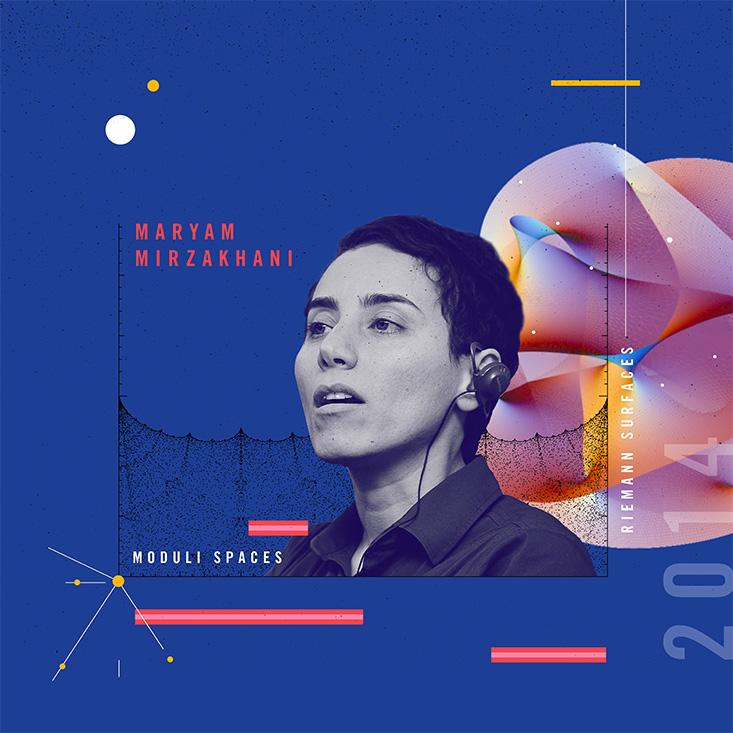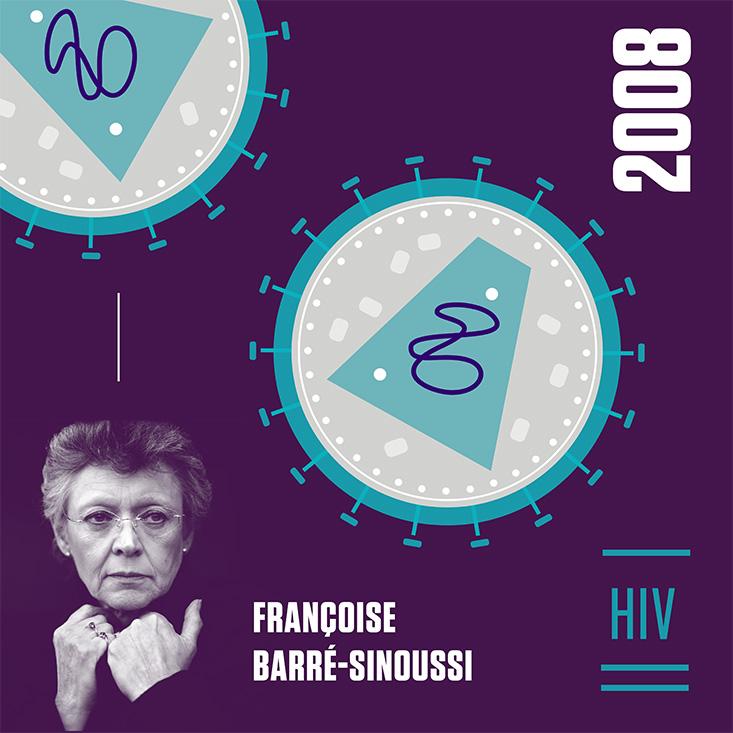The small wonders of the natural world impressed Amanda Phingbodhipakkiya early. As a girl, growing up in Atlanta, she was encouraged by her mother to draw sketches of things she could find in her backyard—a butterfly’s wing, a peanut shell—as they appeared in her microscope. “Looking back,” she said, in a 2017 TED Talk, “I realized she basically tricked me into learning science—by framing it as play time.”
At the time, Phingbodhipakkiya, who had left the world of neuroscience for art, was introducing a new project of hers, called “Beyond Curie.” This is a reference, of course, to Marie Curie, the Polish-French chemist who made fundamental discoveries about radioactivity and won the Nobel Prize (the first woman to do so) twice. Using her talent for graphic design, Phingbodhipakkiya decided to showcase, in a series of 32 portraits, other “badass women” in science, technology, engineering, and mathematics, according to the project’s website, including 16 Nobel Prize-winning scientists. Back in 2017, we published seven of those portraits.
Today, on International Women’s Day, it seems fitting to return our attention again to those images and the brilliant women Phingbodhipakkiya continues to spotlight. “Beyond Curie” now features 45 portraits, each accompanied by the artist’s own view (reproduced below) of the social and scientific significance of her subject’s work. “My art has always been about making the invisible visible,” she told The New York Times last year.
Phingbodhipakkiya (personal website: “alonglastname.com”) is now an artist-in-residence at the New York City Commission on Human Rights. If you’re a New Yorker, this may very well not be your first exposure to Phingbodhipakkiya’s work—her colorful portraits of Asians, which she drew in response to a rise in anti-Asian bigotry connected to COVID-19, brightened the walls of Brooklyn’s Atlantic Terminal for a month, and now can be seen in other parts around the city. “I’ve explored everything from microscopic universes to outer space and things that just can’t be seen with the naked eye,” she told The Times. “And I think struggles of communities of color are often invisible.”
The same could fairly be said about the struggles women of every ethnicity have faced—and still face—in science.

May Britt Moser
A Norwegian psychologist and neuroscientist, she won the 2014 Nobel Prize for her discovery of grid cells and other neurons that serve as part of the brain’s mechanism for representing space. Her work laid the foundation for research into the cognitive and spatial deficits associated with neurological conditions such as Alzheimer’s disease.

Youyou Tu
A Chinese pharmacologist who won the Nobel Prize in 2015 for her discovery of artemisinin, a compound used to treat malaria, isolated from the sweet wormwood plant often found in traditional Chinese medicine. When others wanted to abandon the research, she found a solution in a millennia-old Chinese recipe—even first trying the drug on herself.

Linda Buck
An American biologist whose landmark paper published in 1991 described how hundreds of genes code for the odorant sensors located in the olfactory neurons of our noses. In 2004 she won the Nobel Prize in Physiology or Medicine for her work.

Mae Jemison
On Sept. 12, 1992, she flew into space on the shuttle Endeavour for mission STS-47, becoming the first black woman to travel into space. While on board, she conducted scientific experiments exploring weightlessness, motion sickness, and bone cells.

Maryam Mirzakhani
This pioneer made mathematics history on Aug. 12, 2014 when she became both the first woman and Iranian honored with the Fields Medal, the most prestigious award in mathematics. Her research has implications for many fields, including engineering and theoretical physics as it applies to the origin of the universe.

Françoise Barré-Sinoussi
A French virologist who discovered the human immunodeficiency virus (HIV) in 1983, which led to the identification of HIV as the cause of AIDS. In 2008, she won the Nobel Prize in Physiology or Medicine for this discovery, which has been fundamental to improving treatment for AIDS patients.

Rita Levi-Montalcini
An Italian neurobiologist whose academic work was interrupted by Mussolini’s 1938 ban on Jews from participating in academia, she set up a laboratory in her bedroom to continue her research. In 1946, she was granted a fellowship at Washington University where she replicated her earlier work, and eventually won the Nobel Prize for her discovery of nerve growth factor.
Brian Gallagher is an associate editor at Nautilus. Follow him on Twitter @bsgallagher.


























